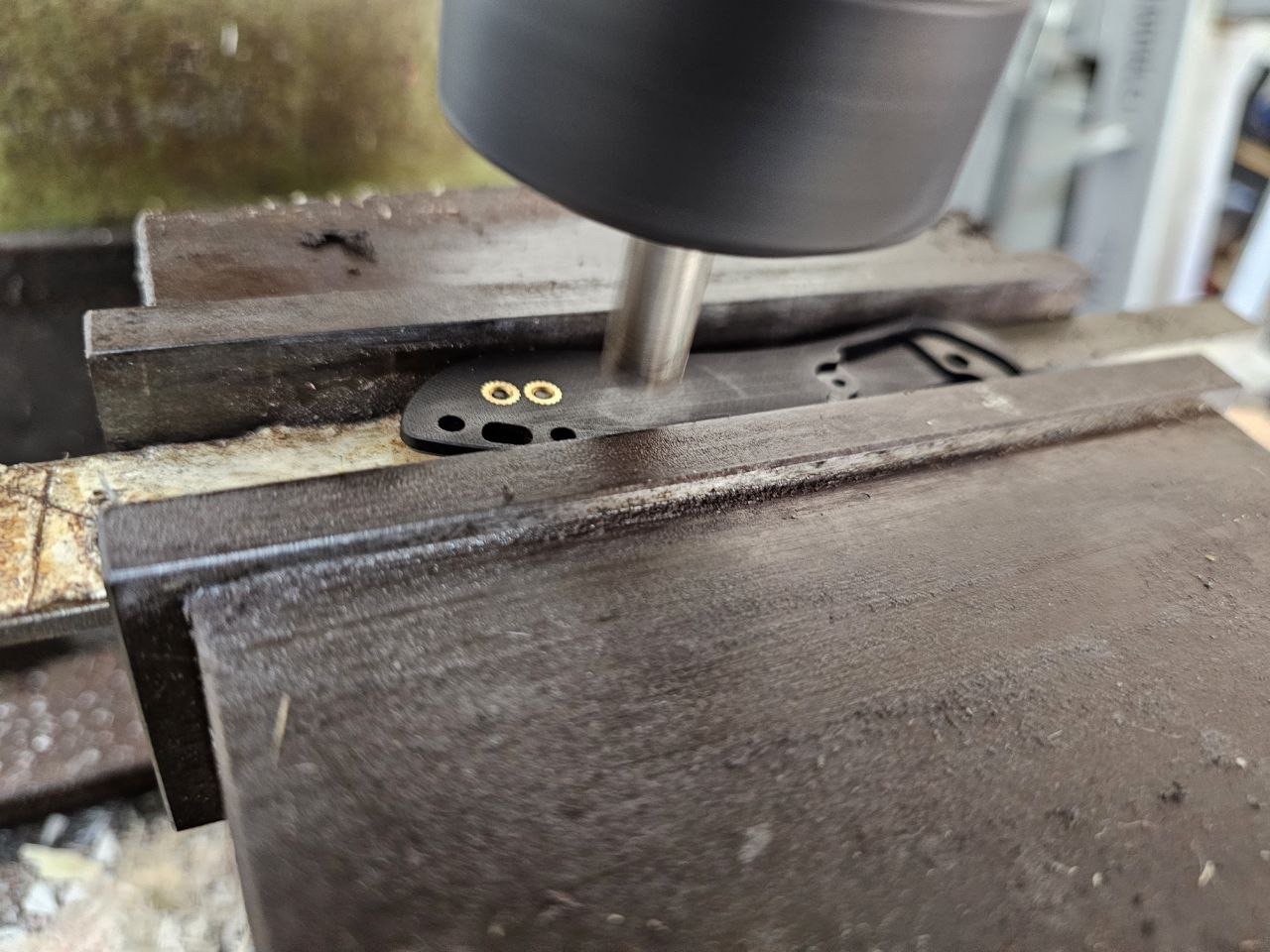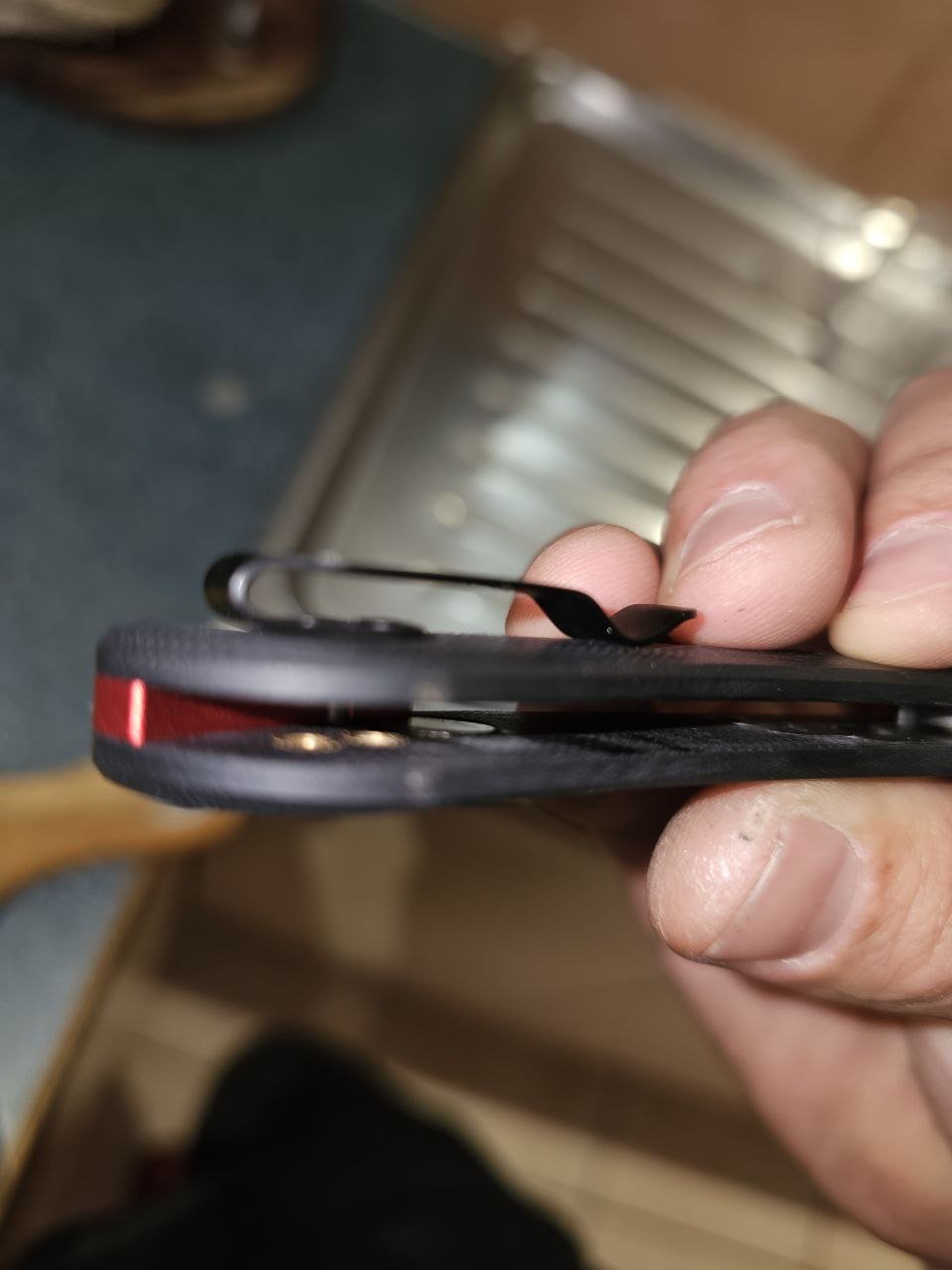DIY magnetic detent mod
If you have a knife with less than desirable detent in the closed position this mod can help reduce the chance of accidental deployment while adding some extremely satisfying and unique haptics.
This a very easy mod to do at home that dramatically changes the way your folding knife feels and performs, Perfect for correcting spongy/weak action or for Axis styled locks that can’t be adjusted by resetting a detent ball.
For this walk through I’ll be using a Vosteed Nightshade mini (Bob Lum anyone?), I love this little knife but the detent is so weak that the risk of it opening in the pocket is high. 1st step is to order the strongest Neodymium magnets that will fit into the scales and/or liners of the knife of your choice. I’m using 10mm x 1.8mm N52’s.
What you’ll need,
Knife
Tools to disassemble said knife
Neodymium magnets of an appropriate size (10mm x 1.8mm works well on most knives)
Epoxy or Superglue*
Drill/Mill bit the same diameter as the magnets you are using (10mm flat bottom or end mill suggested, even a Dremel will work if you’re desperate, just something to remove material)
Clamp or Vice to hold scales (luxury, can be done without with some patience)
Marker or pencil for marking
The best part about this mod is that unlike regular ball and cup detents the position of the magnets does not have to be precise, still its a good idea to mark an outline of the blade, standoffs & or back spacer for visual reference.
Counterboring the scales at the spots marked in the picture above means the magnets will be positioned partially under the Red aluminium back spacer, this is not a problem so long as the magnets are flush or recessed.
Obviously you want to avoid drilling right through the scale so if you have no way of setting the depth triple check the measurement of the scale which will be receiving the magnet. Even at the scales thinnest point there’s still plenty of meat to accomodate a 1.8mm magnet.
Don’t be discouraged by the fact that I’m using a mill for this, you can just as easily eagle eye this by hand with a cheap drill or Dremel. A flat bottom counterboring drill or end mill is ideal for this but IF the scales are thick enough you could get away with a regular drill bit. If your knife has hardened steel liners you will want to use tungsten or diamond tipped bits, in this case my advice would be to utilise any existing holes from the skeletonising if there is any. It doesn’t have to look pretty to work so you can remove the material with whatever means you have.
If doing this by hand go slow and check the fitment as you go. If the magnet gets stuck while testing the fitment use another magnet to remove it.
Once your happy with the depth check to make sure nothing is going to foul upon reassembling, clean scales and magnets with acetone and fix the magnets in place with an adhesive. Two part epoxy is best but if you have a good fit cheap superglue also work and be easier to remove if need be.
Re-Assemble & enjoy.
Two N52 magnets were enough to add a noticeable difference in detent strength to this little knife but if you find the magnetic affect is not strong enough just keep adding magnets (thicker the better) and remember to clean the knife regularly if you work around metal as it will attract particles and filings that can promote rust.
If you like this sort of content be sure to follow us on Instagram & Facebook for more knife related content.









